Section 4.4: Connectors #
Ever tried to plug your phone charger into a USB-C port, only to realize it’s micro-USB? That’s the world of connectors in a nutshell. In ham radio, getting the right connection is crucial—it’s the handshake between your radio and antenna.
Let’s take a look at the connectors you’re most likely to encounter as a new Technician, especially if you’re working with handheld radios.
SMA (SubMiniature version A) #
This little connector is like the smartphone of radio connectors—small, sleek, and everywhere these days. Most modern handheld radios use them, but here’s where it can get a bit tricky:
- Major brands like Icom, Yaesu, and Kenwood typically put an SMA-F (female) connector on the radio, so you need an SMA-M (male) antenna.
- However, many newer brands, especially Baofeng and other Chinese brands, do the opposite. They use an SMA-M connector on the radio, so you’ll need an SMA-F antenna.
Understanding SMA Connector Gender:
An SMA-M (male) connector has internal threads and a center pin. This often causes confusion because the external threads of an SMA-F (female) connector can make it look male at first glance. However, the key detail is that the center conductor determines the gender:
Center pin = male
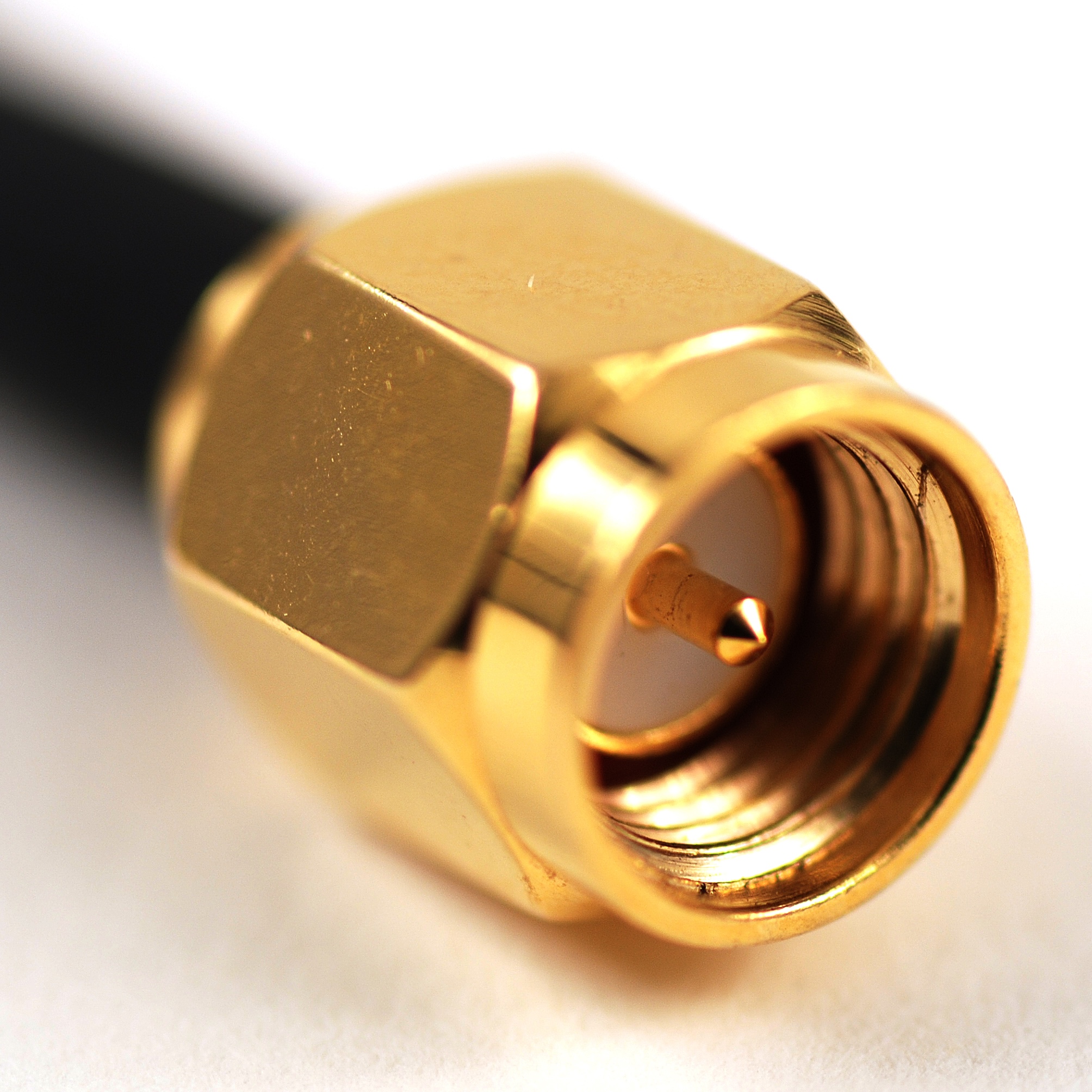
Center socket = female

Confused yet? Don’t worry, you’ll get the hang of it. Just remember: whatever connector is on your radio, you need the opposite on your antenna.
BNC (Bayonet Neill–Concelman) #
Think of BNC as the quick-change artist of connectors. Instead of screwing on like SMA, it has a twist-and-lock mechanism that makes connecting and disconnecting antennas a breeze. You’ll see these on some handheld radios, a lot of test equipment, and even some HF accessories.
Many hams use BNC adapters on their radios so they can easily switch between antennas. It’s especially useful if you like to swap between a rubber duck, a whip, and a mobile antenna without wearing out your radio’s built-in connector.
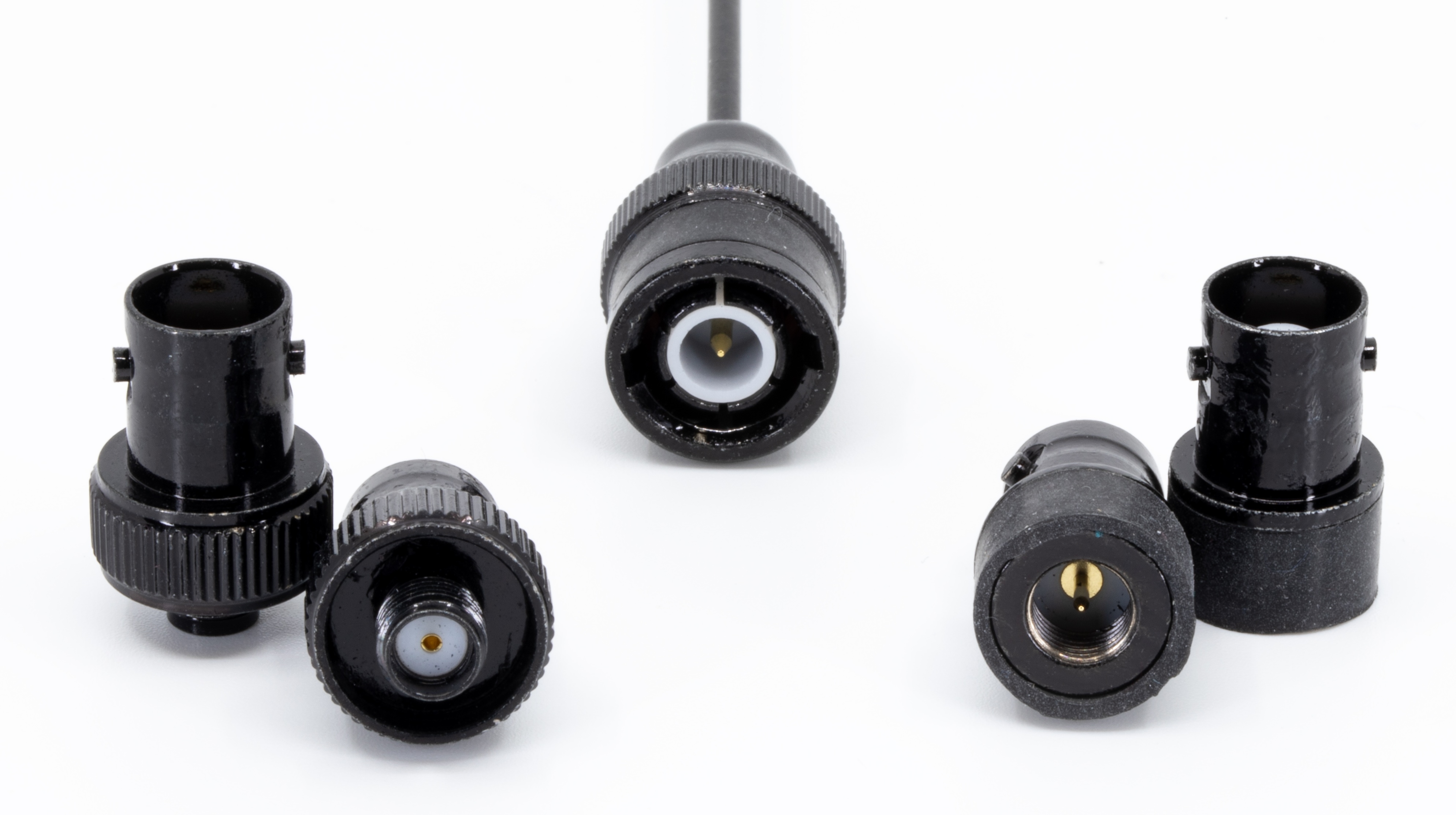
PL-259/SO-239 (UHF Connector) #
Key Information: PL-259 connectors are commonly used at HF and VHF frequencies but are not ideal for true UHF work.
Despite its name, the “UHF connector” is a bit of a misnomer. It’s widely used for HF and VHF radios, but it’s not the best choice for UHF. The name originates from a time when the UHF spectrum was defined as a different (lower) range of frequencies but the connector name stuck.
You’ll find these connectors on a lot of mobile and base station gear. They’re rugged, easy to solder, and can handle high power levels.
The PL-259 is the male PLug.
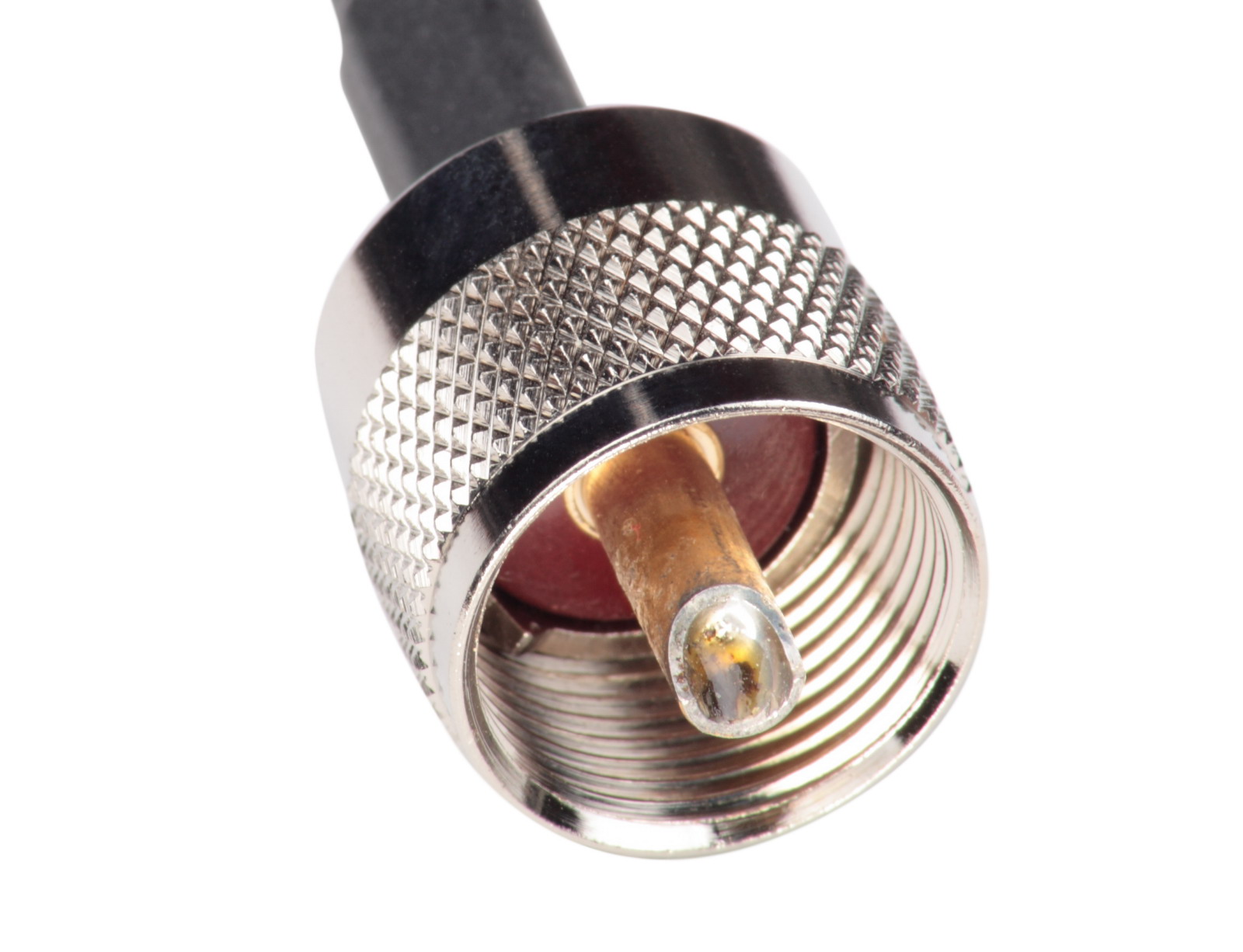
The SO-239 is the female SOcket.
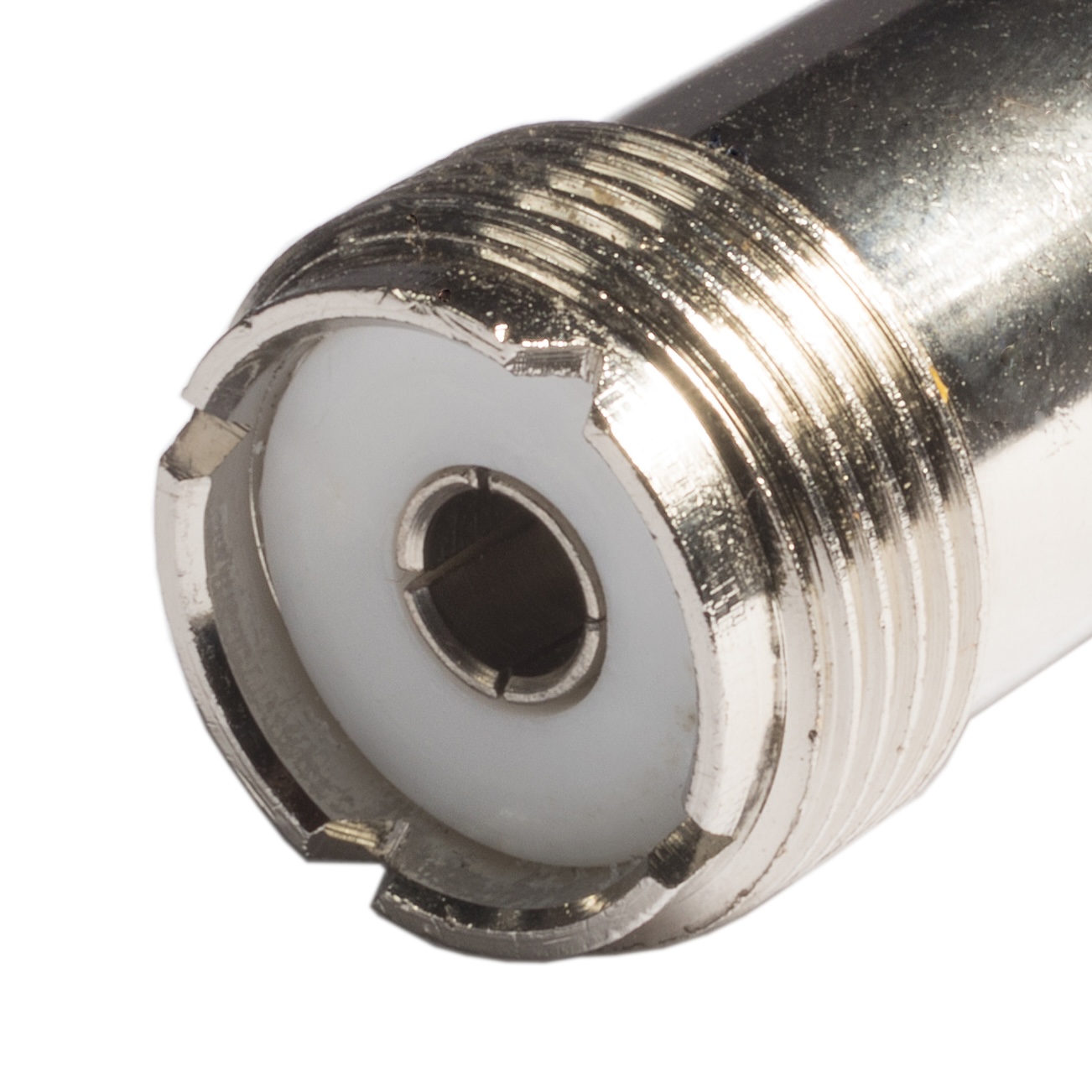
These connectors work well up to about 150 MHz, but if you’re working above that, you might want to use Type N connectors instead.
Type N #
Key Information: Type N connectors are the best choice for frequencies above 400 MHz due to their low loss and excellent shielding.
Meet the heavyweight champion of RF connectors. Type N connectors are like the armored tanks of the radio world—strong, weatherproof, and built for high frequencies.
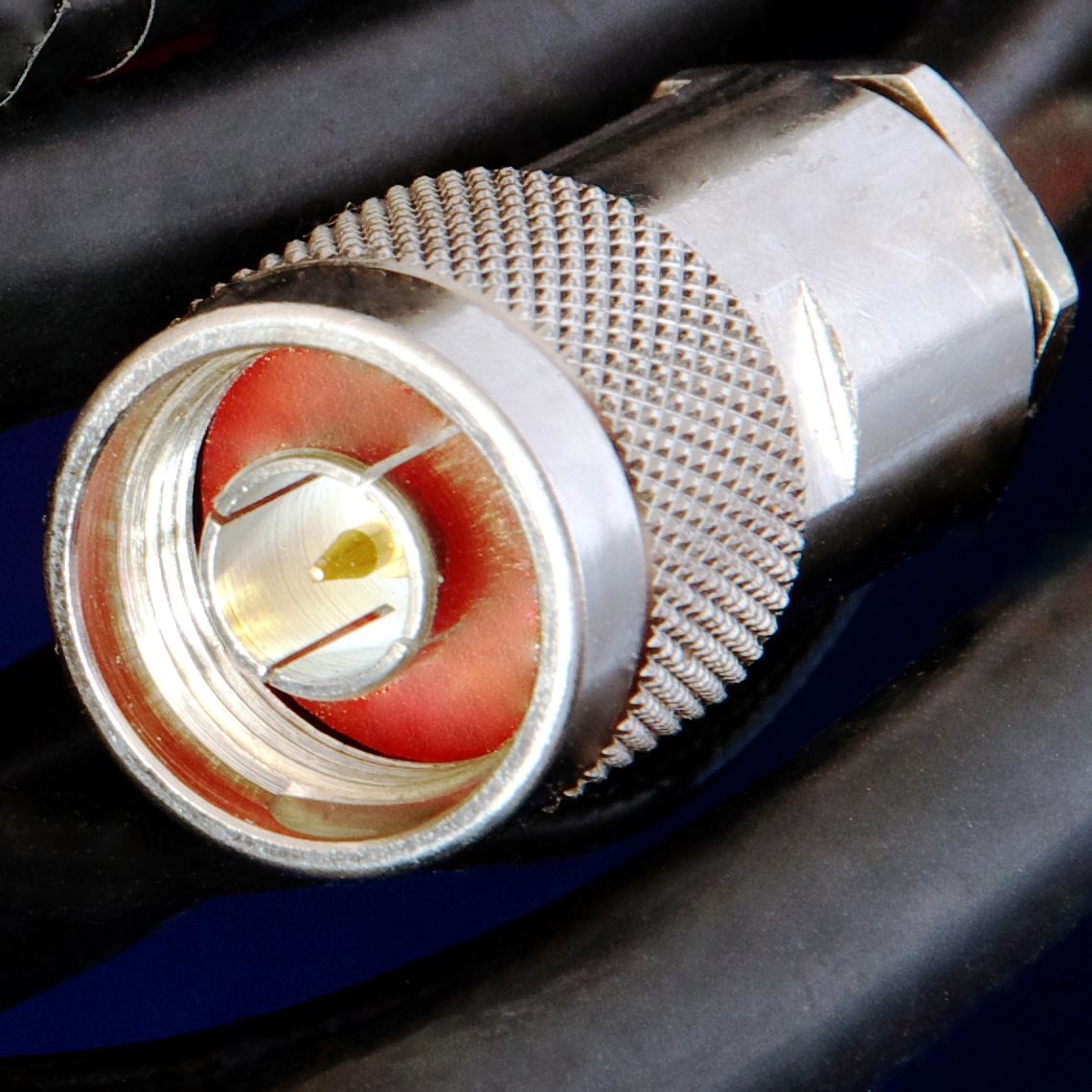
They’re designed for UHF and microwave bands, which means they work great for repeaters, satellite communications, and serious VHF/UHF setups. While they’re bigger than SMA or BNC connectors, they make up for it with low signal loss and excellent shielding.
If you’re working at frequencies above 400 MHz, Type N is your best bet for maximum performance.
The Trend Toward BNC #
Lately, there’s been a trend toward using BNC connectors on handheld radios—not because radios are shipping with them, but because many hams use adapters.
Why? BNC connectors are:
- Quick to connect—no more twisting tiny SMA threads.
- Tougher than SMA—less wear and tear on your radio’s connector.
- Great for swapping antennas—perfect for those who like experimenting.
However, adapters aren’t for everyone. They add bulk and a tiny amount of signal loss. If you don’t switch antennas often, sticking with what fits your radio directly is totally fine.
Pro Tips for Using Connectors #
- Keep connectors clean and dry – They’re the gatekeepers of your signal, so treat them well.
- Don’t over-tighten – Hand-tight is usually just right for handhelds.
- Be gentle with SMA connectors – They’re tough, but not indestructible.
- Stick to one connector type in your shack – It’ll save you from adapter headaches down the road.
Remember, while adapters can be lifesavers, they’re not ideal for permanent setups. Every connection is a potential point of signal loss or failure. When possible, use antennas and gear that match your radio’s connector directly.
Understanding connectors isn’t the most exciting part of ham radio, but it’s one of the most practical. If you don’t know the difference between SMA-M and SMA-F, you might buy an antenna that won’t fit your handheld. If you don’t recognize a PL-259, you could end up with the wrong coax for your mobile or base station.
Getting the right connectors means less hassle, fewer adapters, and better performance. Whether you’re hooking up a new antenna, changing radios, or building your station, knowing your connectors will save you time, money, and frustration.
So before you hit “Buy Now” on that new antenna or coax, take a second to check the connector. A little knowledge here can save you a lot of headaches down the road!
